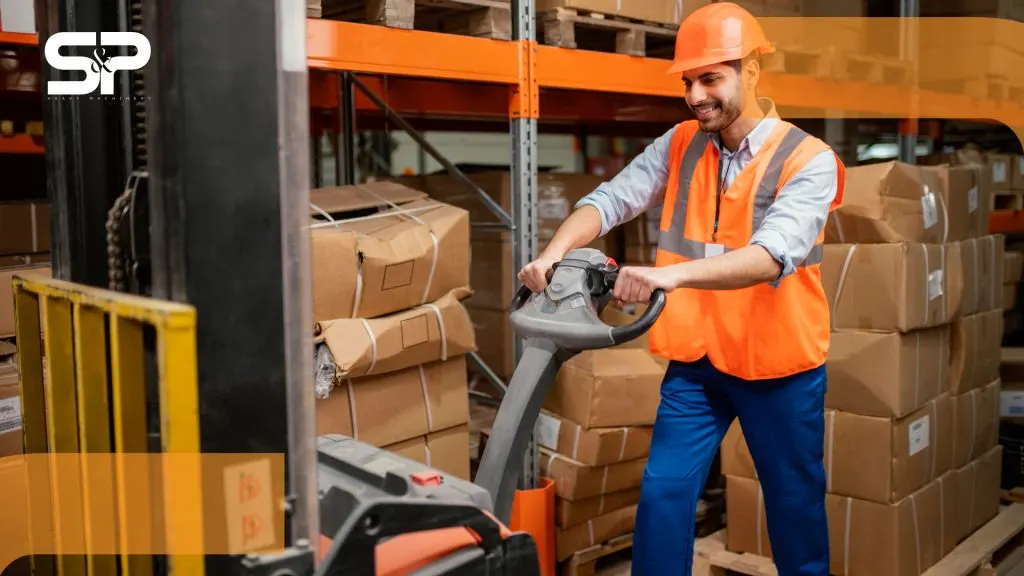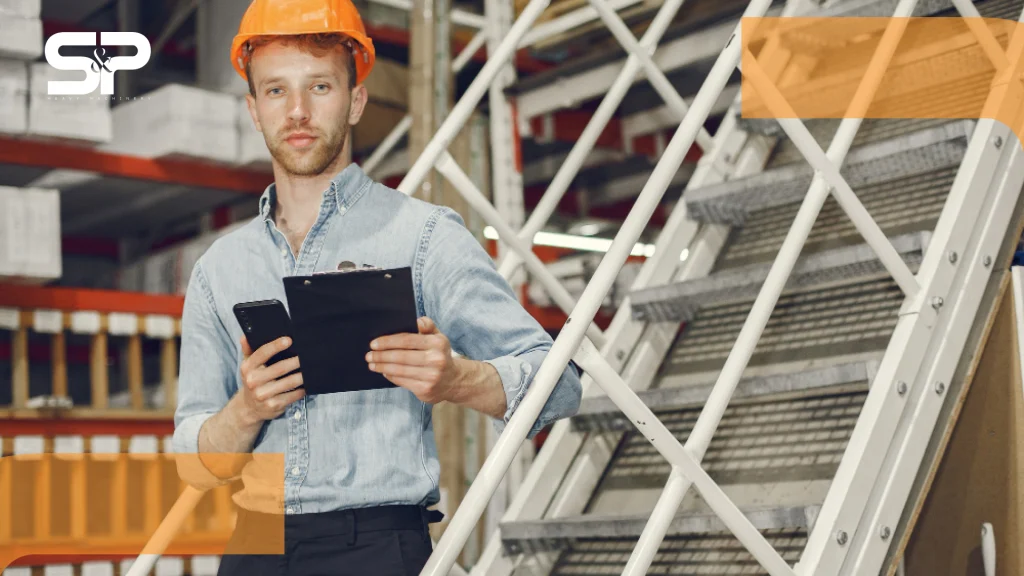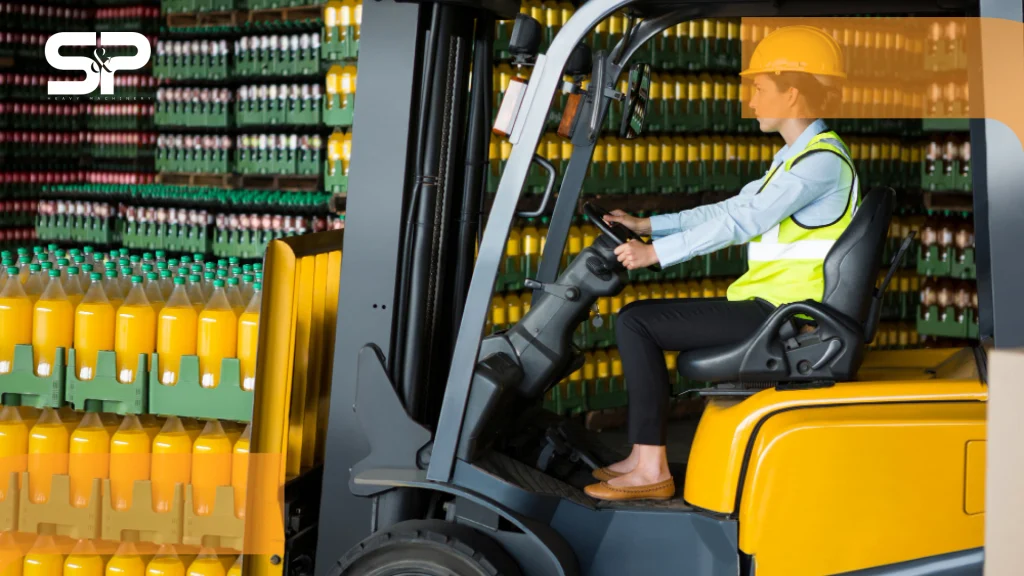Pallet jacks, also called manual forklifts, are an inexpensive yet efficient means to move light materials. Because they are easy to construct and use, they are great for moving pallets around a warehouse, loading and unloading trucks, or reorganizing tiny storage areas.
They don’t need gasoline or electricity like their motorized cousins do. Therefore, they don’t pollute the air and don’t need much upkeep. It makes them great for places where air quality is important or where there isn’t ample space. They are a good alternative for organizations that don’t need to move a lot of stuff because they are small and light. It makes them easier to move around in confined spaces.
Introduction
Pallet jacks, which are also called manual forklift jacks, are the best choice for moving light materials. They are easy to use, inexpensive, and don’t need much maintenance. These are great for transporting pallets in minimal warehouses, retail outlets, or workshops. Because they are small, they may easily fit into confined locations.
A Short Summary of Material Management
Managing materials is the most important part of transportation, storage, and manufacturing. Various sectors have distinct needs. For example, mining requires transporting massive amounts of bulk material, whereas e-commerce wants to move small amounts of goods quickly and accurately.
The Light-Duty Duties Vs. Heavy-Duty Work
Light-duty duties usually require a forklift manual for carrying smaller, lighter items across short distances, often only for a short time. Heavy-duty work, on the other hand, entails handling enormous, heavy items all the time. Often in tough conditions, it leads to the need for more powerful tools.
What Are Manual Forklifts?
Pallet jacks, often called manual forklifts, are tools that you use by hand to raise and move things over short distances using a hydraulic pump. Manual forklift hire or rental is an easy and affordable way to solve the problem.
Main Parts of Manual Forklifts
Forklifts that you operate by hand are called manual forklifts. Manual small forklifts are simple and useful tools since they have a handle for steering and pumping, a hydraulic jack for raising, and an entire set of forks to hold the cargo.
Multiple Types of Manual Forklifts
Several distinct types of equipment make up manual forklifts. Pallet jacks are used to move palletized loads from one side to the other. You can use hand trucks, sometimes called dollies, to move single boxes, and you can use manual stackers to raise pallets to higher shelves.
Frequently Uses
The manual forklift is frequently used in storage facilities, retail outlets, and factories. People often use manual forklifts in warehouses to move pallets, in outlets to stock shelves, and to unload shipments. It is used in factories to move raw materials and completed products between workstations across small distances.
Primary Benefits of Manual Forklifts for Light-Duty Tasks
Manual forklifts are outstanding for light-duty work because they are inexpensive, simple to use, and don’t need much maintenance. They don’t need any fuel or energy, which makes them an effortless, sustainable, and effective choice for small businesses.
Affordable Investment
Manual forklifts are considerably less expensive than motorized ones. Manual forklift for rent costs less than buying initially, and since they don’t utilize gasoline or power sources, their ongoing operation and maintenance costs are quite low. It makes them an excellent choice for small enterprises.
Simple To Operate
The manual forklift doesn’t take much training to use. Its easy-to-understand design makes it effortless for users to learn how to maneuver, lift, and lower them. Thereby providing a secure and beneficial tool for various workers.
Low Maintenance and Upkeep
Manual forklifts in the UAE need very low maintenance. They don’t need much more than occasional lubrication and inspection because they don’t have complicated motors, batteries, or hydraulic systems. It implies less time spent not working and cheaper long-term costs of ownership.
Design Saving Space
Manual forklifts are small enough to fit in compact locations and narrow passageways where more extensive, powered equipment can’t. Because they are compact, they are easy to transport and don’t take up a lot of floor space in storage facilities and workshops.
Environmentally Friendly
Manual forklifts are good for the environment. It offers guaranteed estimations of geographic and environmental impact.
When to Use Manual Forklifts
For small businesses with limited finances, manual forklifts are the ideal choice. They are great for carrying small objects over short distances, stocking shelves, and loading and unloading delivery trucks.
Weight and Frequency
Light, infrequent loads are preferable for manual forklifts. Powered forklifts are better for heavy, long-term tasks because they reduce operator strain, which lowers the risk of injuries and speeds up work.
Be Careful about Limitations
Heavy or high-volume work is not an ideal fit for manual forklifts. They tend to be difficult on the operators, and they don’t have the speed, power, or lifting height of motorized ones.
Manual and Powered Forklifts: A Short Comparison
Manual forklifts are inexpensive and simple to use, making them great for light, infrequent loads. Powered forklifts are more agile and efficient for substantial, long-term jobs, but they cost more and need more upkeep.
Comparison Chart to Display
Forklifts that are operated by hand are inexpensive to buy, don’t need frequent upkeep, and are easy to use with minimal instruction. Powered forklifts cost more, need additional upkeep and formal training, but they work better and are more efficient.
The Best Time to Use a Manual Forklift
For light-duty, occasional activities like transporting pallets in tiny storage facilities or store backrooms, manual forklifts are the best choice. They are affordable, simple to use with not much instruction, and their small size makes it easier for them to go into rigid locations.
However, they aren’t appropriate for heavy, frequent usage, long-distance transport, or carrying things to high places. Powered forklifts are better for these tasks since they save the operator from getting tired and hurt.
Conclusion
Businesses that just need to move light materials should use manual forklifts, often called pallet jacks. They are a good economic choice because they are easy to use, don’t cost much to acquire, and don’t need much upkeep. SP Heavy Rental provides best forklifts on rent.
These hand-operated tools are easy to use and move around in confined locations. They don’t need fuel or power, and you don’t need any training to use them. They might not be good for heavy, continuous use or activities with a lot of volume, but they are a must-have for many small enterprises and retail operations since they are efficient and useful for jobs like stocking shelves, unloading deliveries, or reorganizing small spaces.
FAQs
Why use a manual forklift instead of a powered one?
For light-duty jobs, manual forklifts are more economical. They don’t need gasoline or electricity, have low maintenance expenses, and don’t cost much to start up. It makes them a good choice for smaller companies.
Is it hard to drive a manual forklift?
Forklifts that are operated by hand are made to be easy to use. They don’t need much training to be used safely and successfully. Their easy-to-use design makes them available to a lot of workers, which shortens the learning curve and makes the workplace more efficient.
What kinds of jobs are best for manual forklifts?
Manual forklifts are great for moving light, infrequent loads. They are great for small storage facilities, retail establishments, and workshops when you need to move pallets, unload trucks, or rearrange stock on the ground floor.
What are the main advantages of manual forklifts for small businesses?
Manual forklifts are an essential tool for small enterprises. They are a cheap way to save money on equipment and upkeep. Because they are small, they conserve valuable floor space. Because they are easy to use, they make operations more efficient without the need for specific training.




